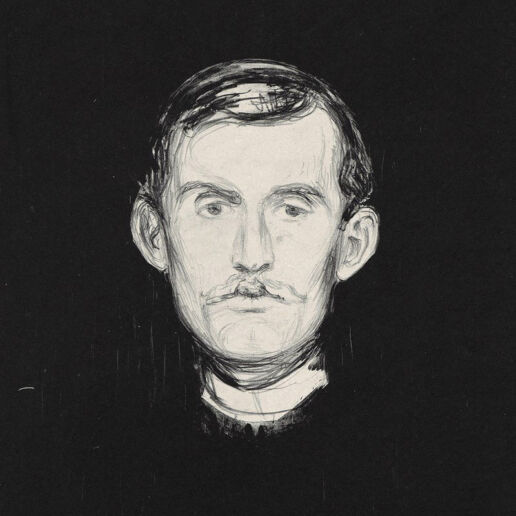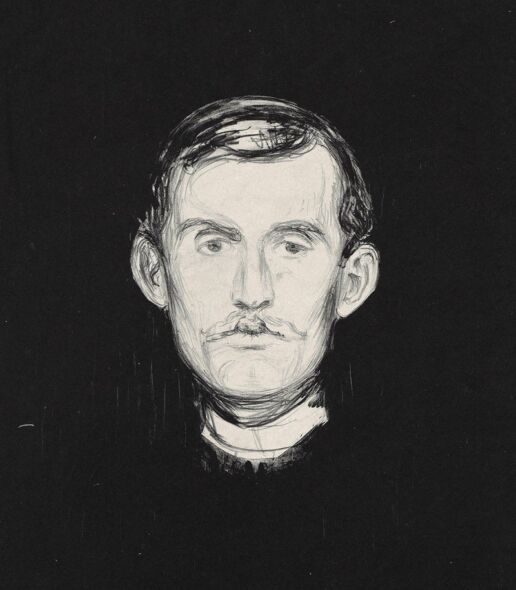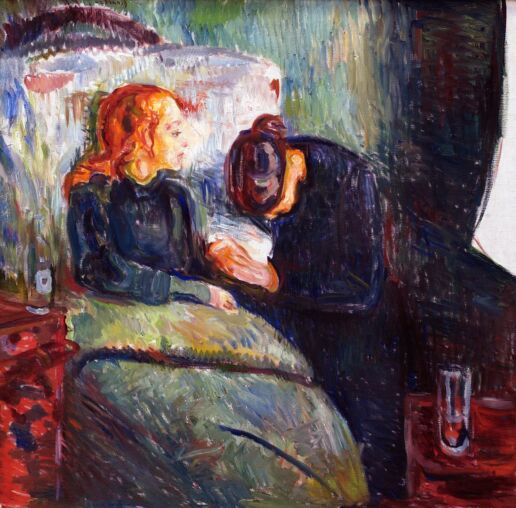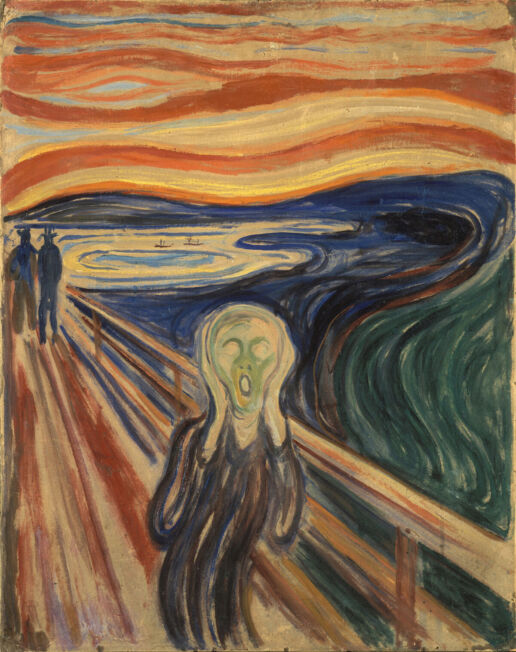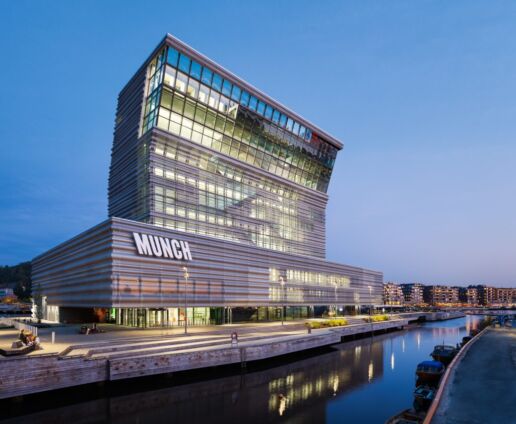More than a scream
An expressionist gripped by a mind riddled with anxiety: Edvard Munch.
To better understand Edvard Munch, Scandinavians would recommend visiting Oslo in the summer or winter. The colours in Munch’s work reflect those magnificent hues of the sun covering the Oslo sky during these seasons. Edvard Munch was born in 1863 to a fundamentalist family in the town of Løten, not far from Oslo. With numerous cases of physical and mental disorders in his family, Munch inherited certain problems. In an interview, he admitted, ‘I have been struggling with profound anxiety for as long as I can remember and I try to reflect this feeling in my work. Without it, I would be like a ship without a rudder.’ Munch’s psychological condition was not clearly diagnosed during his lifetime, however, a contemporary assessment of his notebooks and letters suggests that he might have suffered from schizophrenia induced by excessive alcohol consumption. Although Munch was a schooled artist, he learned oil painting techniques by himself. One of his early works, ‘The Sick Child’ (1885) is also considered to be the first work that hints at the foundations of his technique. The work depicts his sister, Sophie, who died from tuberculosis at the age of 15. It features harsh brushstrokes that were ruthlessly criticised at the time, an incomplete look and a melancholic colour palette. During a period when artists such as Monet, Renoir and Matisse who produced romantic works on nature peaked in popularity, Edvard Munch shun criticism of his pessimism. This self-confident stance led to the emergence of a Munchesque style that has maintained its validity until today.
The Scream and Edvard Munch in modern times
Edvard Munch reflected his mental state in his work and even used art to calm his mind. We know that the iconic ‘The Scream’ is about his feelings while walking with two of his friends. Munch said that he felt the pain and scream of nature in his soul around dusk, and he then painted these feelings in four different colour palettes. No, you are not mistaken. There are four different versions of The Scream. Two of them are in the Munch Museum in Oslo, one in the National Museum in Oslo, and the other in a private collection. The Scream, which has become the backbone of modern art with elements of fauvism, expressionism and even surrealism, reflects the fragility and exhaustion of today’s people. Undoubtedly, one of the main reasons why we can relate to Munch today is we see ourselves in him. Considering the hit ‘Tracey Emin / Edvard Munch: The Loneliness of the Soul’ exhibition hosted by the Royal Academy in London despite the pandemic, the two-meter-wide Linde Frieze that sold for £16 million at a Sotheby’s auction, and the opening of the Munch Museum in Oslo we can say that 2021 was Munch’s year. Don’t be too hard on yourself if you missed the exhibition in London and the news of the record sale, or haven’t been to Oslo to wander around the Munch Museum. Blame it on the pandemic. Luckily, there is plenty related to Munch in 2022. A comprehensive exhibition of Munch’s works is taking place at Vienna’s Albertina Museum until 19 June. Who knows, the exhibition may also be an excuse for a short break to Vienna.


